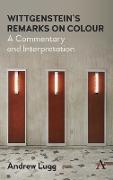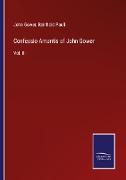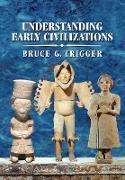- Start
- Wittgenstein's Remarks on Colour
Wittgenstein's Remarks on Colour
Angebote / Angebote:
Wittgenstein's remarks on colour have been accorded little critical examination, the sole exception being the explanation in the Tractatus of the logical impossibility of a point in the visual field having two colours simultaneously, a gap the present work is primarily meant to fill. Remarks on Colour, a compilation of writings on the subject drafted in the last fifteen months of Wittgenstein's life, is subjected to sustained critical scrutiny and is shown that it does not deserve to languish in the limbo to which it has been mostly consigned, but it indeed is deeper and more illuminating than other more studied writings, to say nothing of peripheral writings on ethics, aesthetics and religion. The Remarks would warrant a careful look if only because it is, as it has been billed, 'one of the few documents which shows [Wittgenstein] concentratedly at work on a single philosophical issue'. But it also deserves special consideration and is worth grappling with since it shows Wittgenstein thinking through a problem from scratch and, what is still less common, without knowing where he will end up. In particular no other extended stretch of writing so clearly shows him as engaged in an unconstrained investigation of a topic of huge general interest and setting the agenda for philosophers, indeed as pioneering a still insufficiently investigated subject. And following in his footsteps pays since it brings to light a great deal about how he approaches philosophy and proves to be a good way into the philosophy. Wittgenstein's once said: 'Sometimes a sentence can be understood only if it is read at the right tempo', and the present work takes him at his word and accords him the courtesy of treating his own sentences as 'all to be read slowly'. His remarks are examined one by one in the order he wrote them rather than the order they appear in the published text with close attention to his toing-and-froing and changes of tack. The result is a picture of a serious philosopher at work, one grappling with rare scrupulousness to a series of problems. Just as importantly one sees that the thrust of his deliberations is routinely misidentified, that there are significant similarities as well as significant differences between his late and early thinking about colour, and that much folklore, both laudatory and disparaging, that has sprung up regarding the thinness of his reasoning and the thickness of his conclusions is substantially off-base.
Folgt in ca. 15 Arbeitstagen




